October 5th, 2020
6minute read
Refinements and features over the last 50 years have re-made rifle scopes.
Fully Multi-Coated Lenses:Youll want em!
Reflection and refraction can pilfer four percent of light from each uncoated lens surface in a scope!
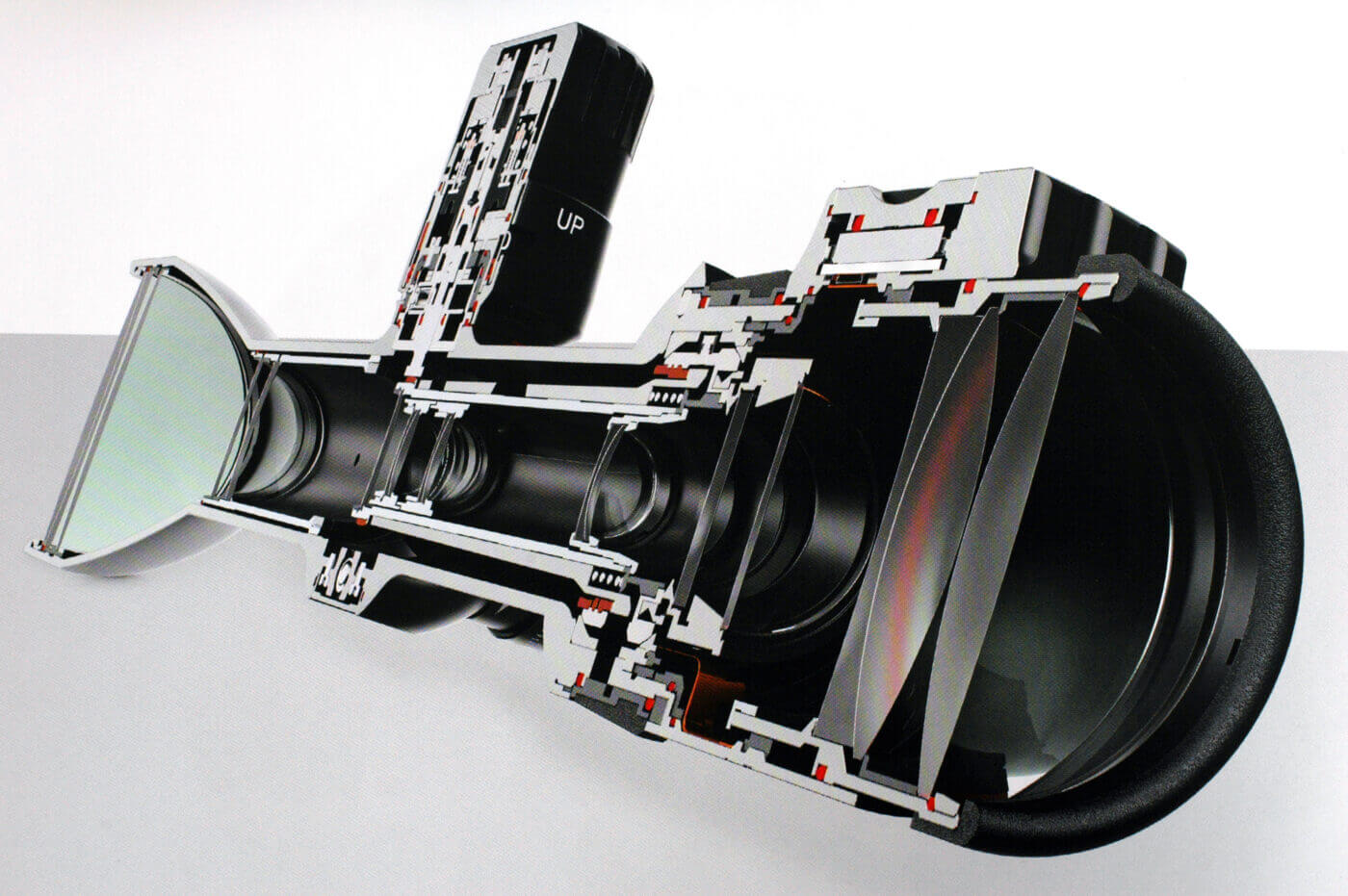
Magnesium fluoride coating mitigated that loss in the 1930s.
Now, multiple compounds pass a spectrum of wavelengths.
Fully meansalllenses, inside and out.
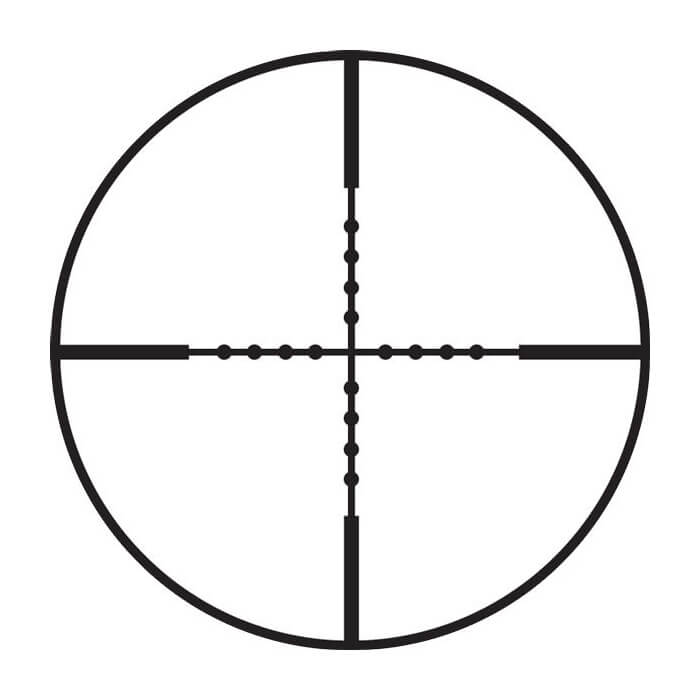
You cant tell by looking, but coatings impart color: straw to green and purple.
New exterior lenses coatings slip or bead water Zeisss LotuTec for example.
Leupolds Diamondcoat protects glass from scratches.
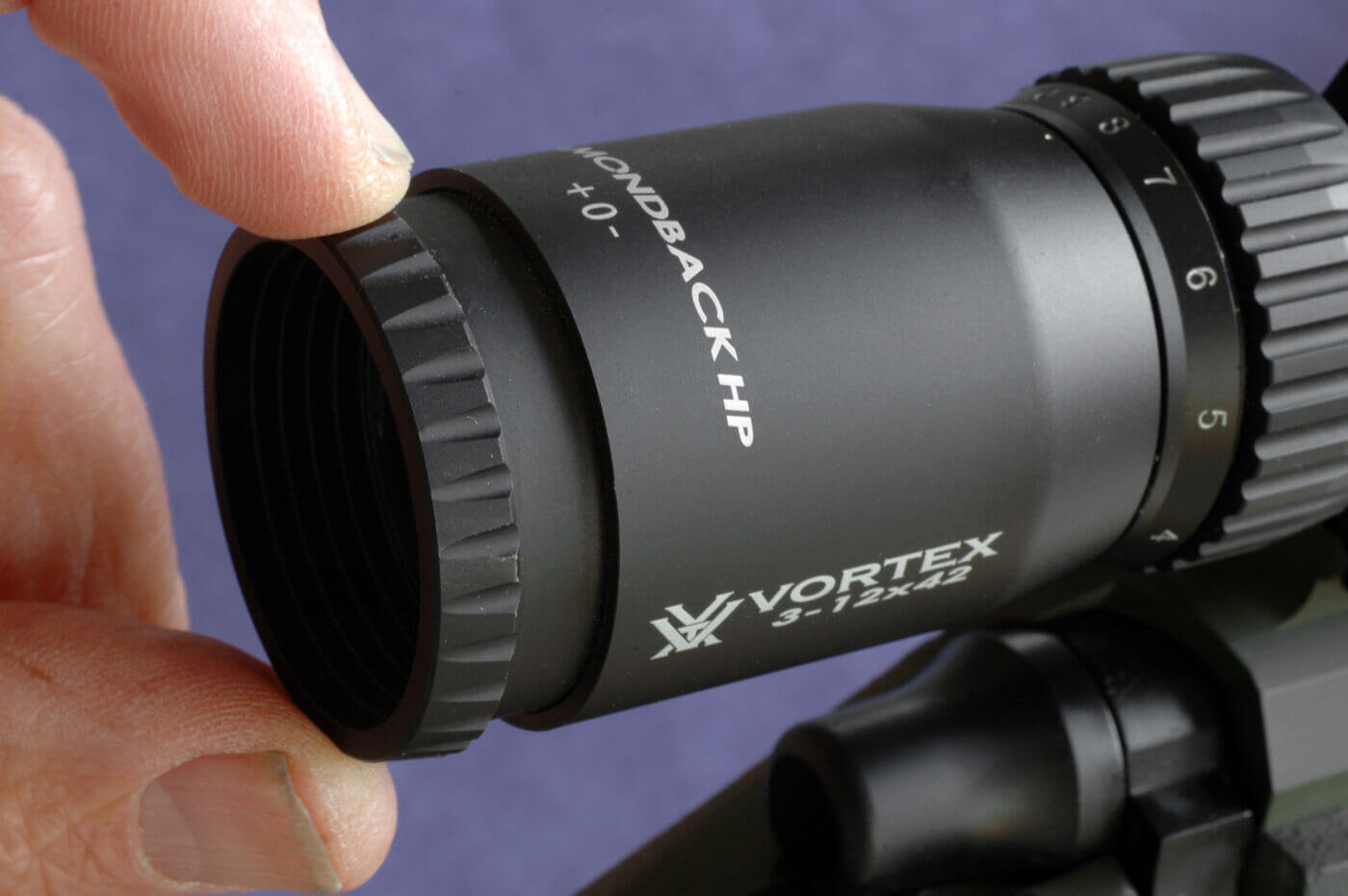
Resettable W/E (windage/elevation) Dials and Zero Stops:These speed your return to zero after dialing.
Arotation indicatorprevents full-rotation error when grabbing handfuls of clicks.
These features benefit competitive shooters more than hunters.
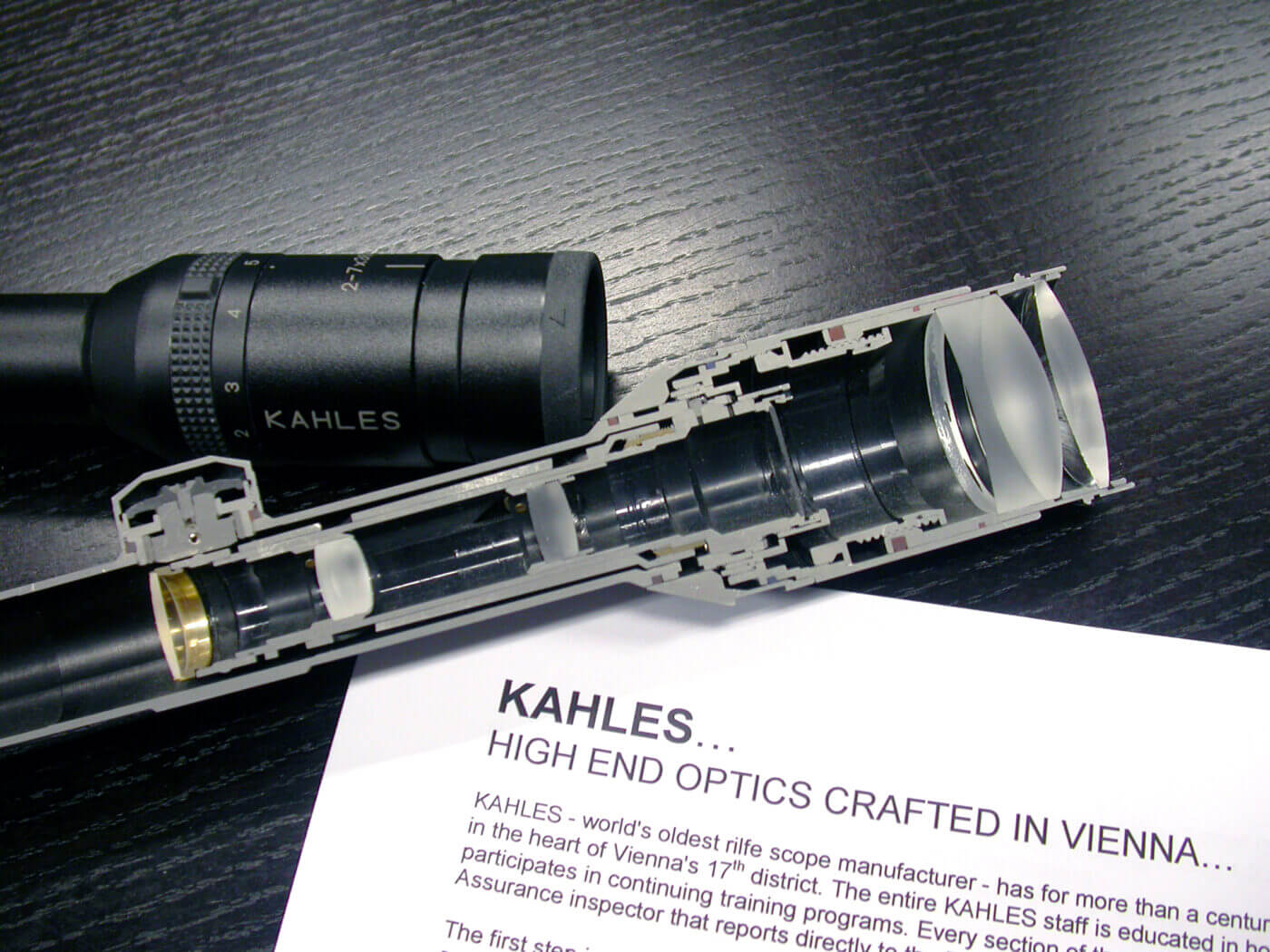
Parallax Correction:A reticle meets a focused target image at just one target distance.
Ordinary hunting scopes are set for sharp focus and zero parallax at 150 yards.
With your eye on the scopes optical axis, however, theres no parallax error to correct.
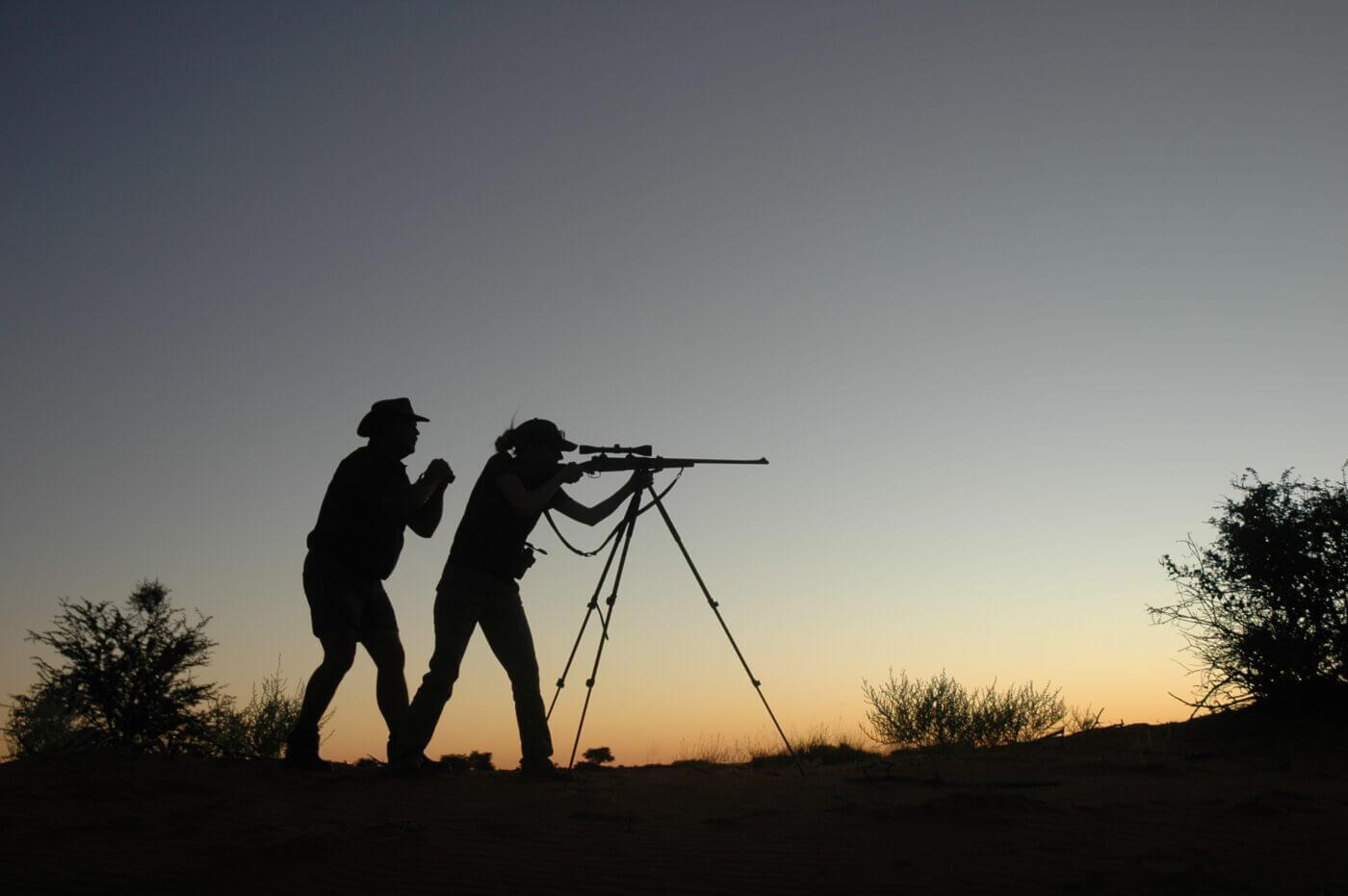
For more information, yo readmy article where I describe what scope parallax isin greater detail.
Fast-Focus Eyepiece:Rotating the eyepiece focuses the reticle to your eye, independent of target focus or distance.
Power Range:Variable scopes became popular in the 1960s.
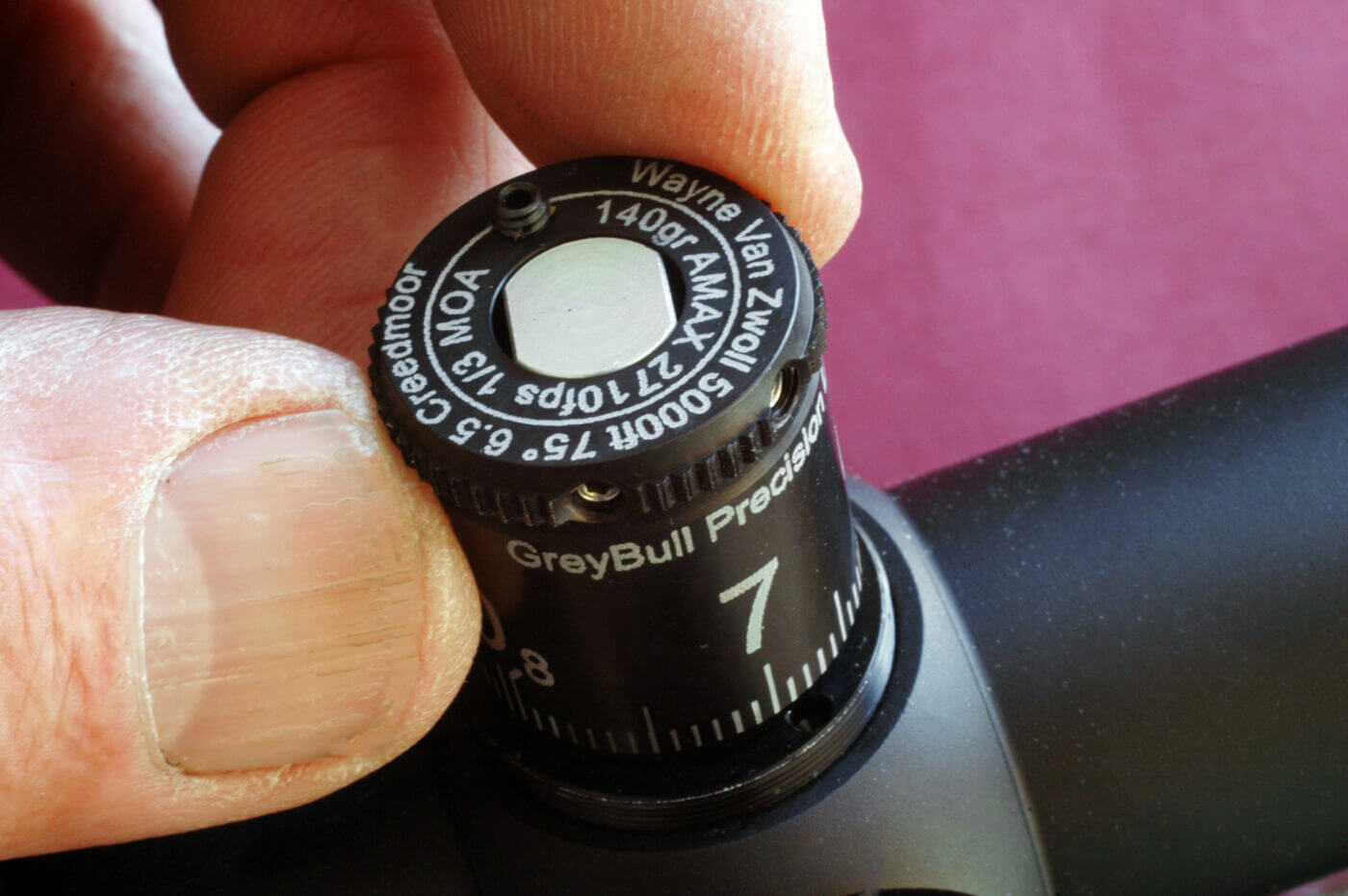
They had 3X power ranges (top magnification three times the bottom).
Now 6X, even 8X and higher ranges tempt shooters.
But most competition rewards a narrow range of high power.
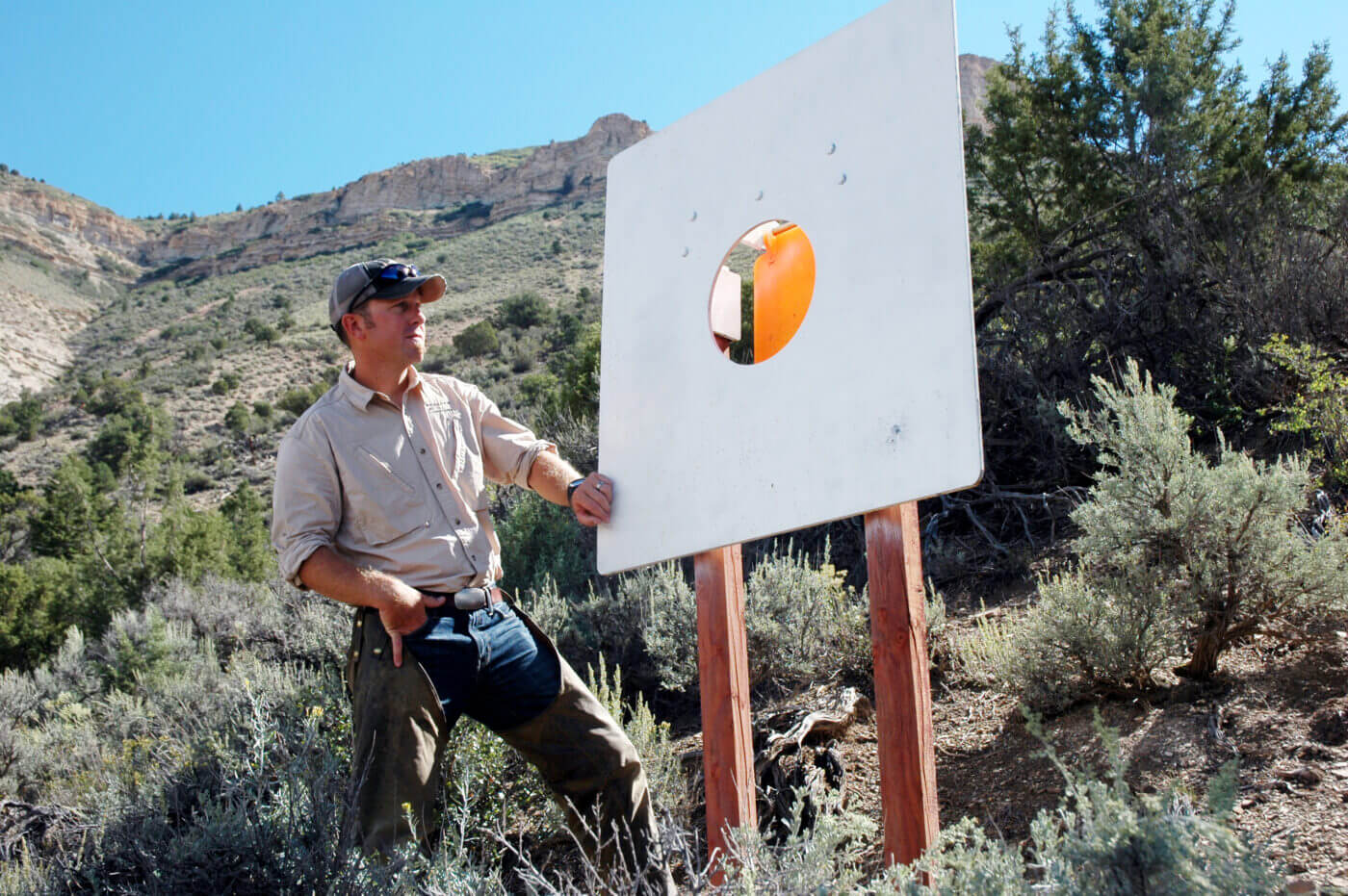
To calculate exit pupil (EP), divide objective lens diameter in millimeters by magnification.
Your healthy eye dilates to about 7mmat night.
A 6X scope with 42mm front glass has a 7mm EP.
But you dont shoot in the dark.
Front lens size doesnt affect field.
Long-range shooters accept the added weight, bulk and expense of such scopes for greater elevation adjustment.
Enhanced resolution from bigger erector glass can be hard to detect.
If you dont need the benefits, dont add on the bulk and weight.
Trajectory-matched dials:Each custom-cut and scribed for a specific load, these let you dial to the distance.
Laser the range at 500 yards, spin the dial to 5, hold center and fire.
Once an after-market option, a TMD for your load is now offered with some scopes at purchase.
Illuminated reticles:Lighted reticles help aim at a target in dim or low light.
Usually only found in more expensive optics.
First-plane reticles, popular in Europe, are gaining traction.
They follow power changes.
(To learn more about first versus second focal plane scopes, clickhere.)
Extremely thin at low magnification, they bulk up at high power.
But because they stay one sizerelative to the target, first-plane reticles make ranging easy at any magnification.
Areas of circles are proportionate to the squares of their diameters.
A scopes 200-yard FOV is four times the area of its 100-yard field.
Magnification affects FOV, as do ocular lens diameter andeye relief (ER).
A cone of view extends from your pupil to the lens perimeter.
Say that cones angle is 24 degrees, the scope a 6X.
Actual field is the cones span at any given range divided by the power.
A 24-degree angle at 100 yards spans about 120 feet: 120/6 = 20 feet.
To grow that field, you could trim power to 4x: 120/4 = 30 feet.
Or you could make the ocular lens bigger, or reduce ER for a wider cone angle.
A 30-degree cone would yield a 25-foot field at 6X, a 37 12-foot field at 4X.
Increasing ER shrinks FOV.
Scope Mounts:Consider the mount.
Big objectives require high rings.
Heavy scopes strain mounts and can slip in rings on hard-kicking rifles.
Mass high over the rifle impairs handling.
Ironically, many big, heavy scopes have little free tube, limiting options for ring placement.
Conclusion
The subject of rifle scopes can be confusing if you are new to the subject.
Once you make the move, youll be happy you did!




